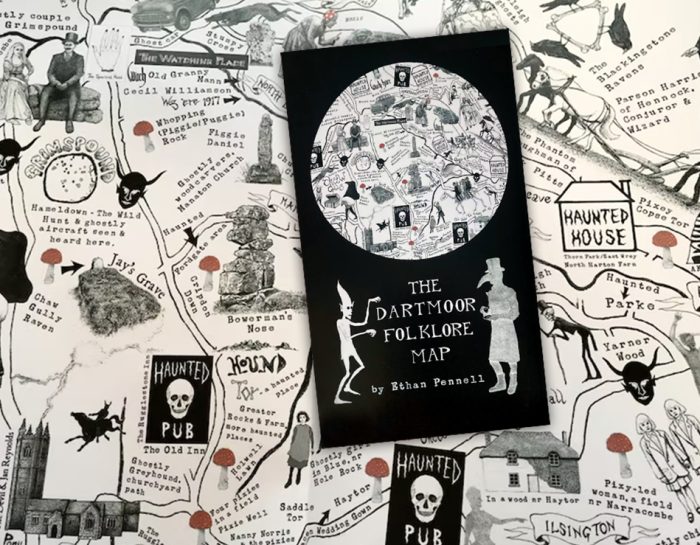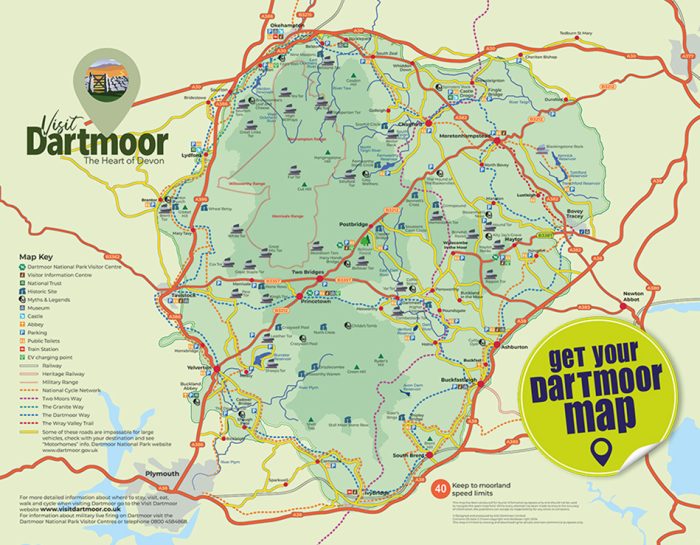Dartmoor Myths & Legends
pixies, ghosts, witchcraft and weird happenings
For centuries the Dartmoor folklore and legends have encompassed tales of pixies, ghosts, witchcraft, weird happenings and a host of deep seated beliefs. These have been passed down through the generations via fireside stories, books, and local tradition all of which have played their part in keeping the tales alive today.
There can be no question that Dartmoor and its landscape has helped fire people’s beliefs and imagination. From the thick mists that suddenly appear and roll across the moor to the dark, bottomless mires and the craggy granite tors, each lends an air of mystery and magic, all ripe for associated legends and tales.
Today we have a wealth of tales all of which relate the various strange events which took place somewhere in the Dartmoor landscape. No matter whether it’s a deep bottomless pool or a sleepy moorland hamlet there will be a story to be told.
The really fascinating thing is that due to Dartmoor’s unspoilt landscape it is possible to visit many of the places which are connected with the various tales and see them as they were when their events unfolded.
So when visiting Dartmoor why not take some time to journey into the past and witness for yourself the many mysterious places of the moor? We have listed 15 of the locations here and on our Dartmoor Myths & Legends Trail to make it easier for you!
For more information on any of these and other Legends, we highly recommend looking at Tim Sandles ‘Legendary Dartmoor’ website at www.legendarydartmoor.co.uk
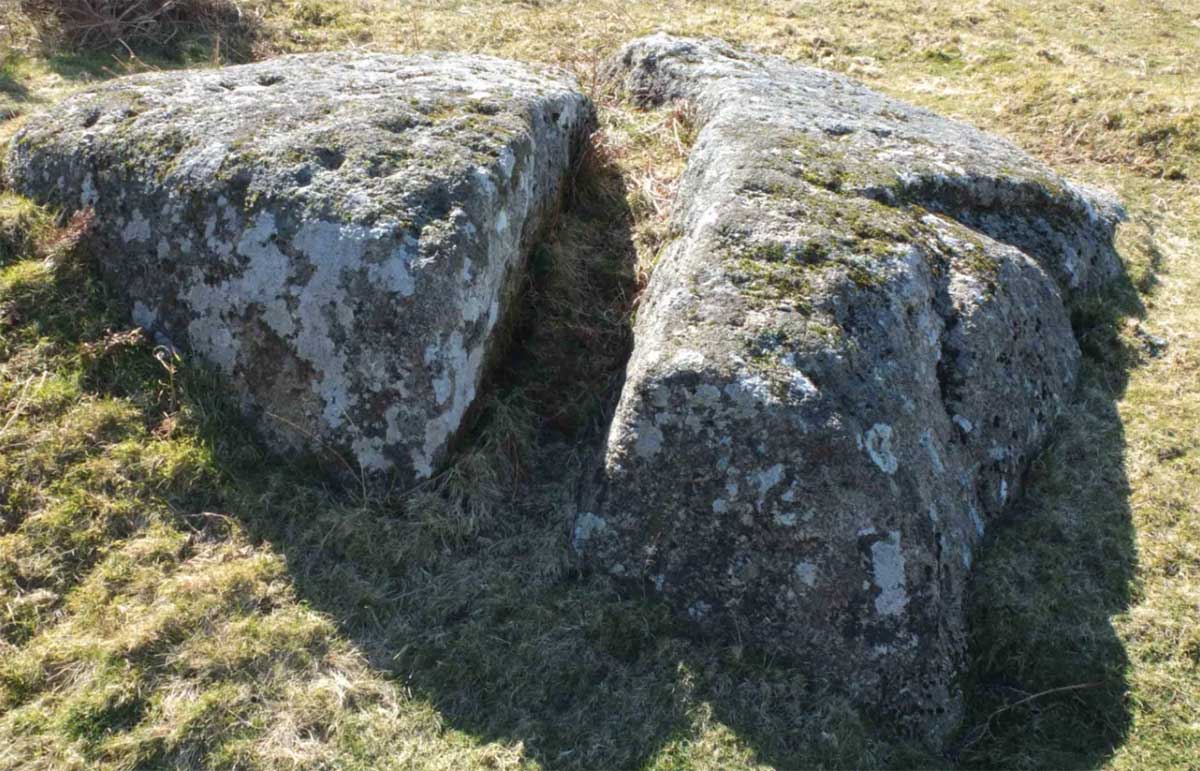
Coffin Stone
Grid Ref: SX 67739 73307
The legend says that many years ago a truly evil man had died and was being carried in his coffin to burial at the Widecombe Churchyard. As always during this steep climb, the coffin was laid on the stone, while the bearers took a break during their ascent up Dartmeet Hill. It’s said that at this moment, the Almighty, who was furious about this evil man being buried in a sacred place like the Churchyard, sent a massive thunderbolt down to earth. Not only was the coffin was destroyed, and the body inside it, but the stone was split asunder as well.
On foot, take the B3357 road from Dartmeet towards Ashburton, go up the hill for about 600 yards where it sweeps around to the left. At this point, leave the road and head in a straight line on the moor…. the stone will be found about half way across the loop. Or you can park in the large car park by Yar Tor and then walk downhill on the obvious track towards Dartmeet, keeping the road to your right. About halfway down the rock is on the left hand bank.
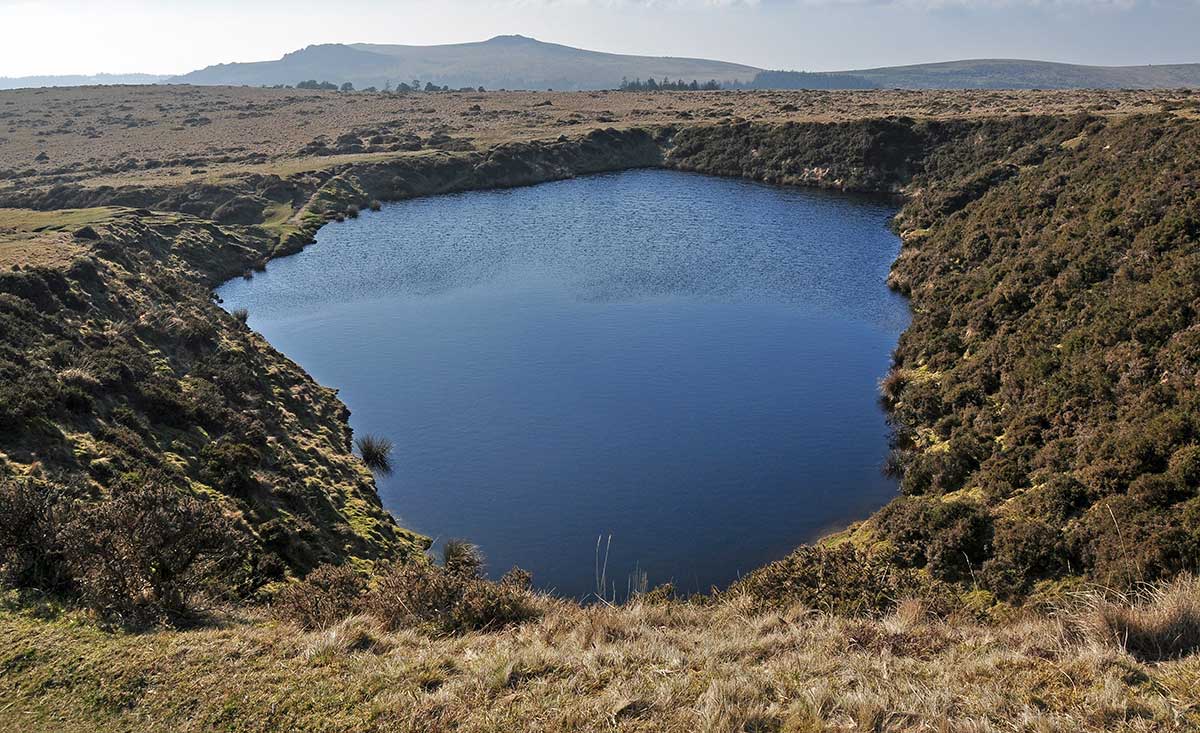
Crazywell Pool
Grid Ref: SX 5821 7046
Crazywell lies below Cramber Tor and its dark waters are said to be bottomless.
It’s said that anybody who gazes into the waters on Midsummer’s Eve will see a likeness of the next parishioner to die.
There is a fairly modern tale of how one night somebody was relating the legend of the pool in a local inn. A challenge was laid down that on the next Midsummer’s Eve they would not dare to go to the pool. This bet was accepted and the boys duly went up to the pool on that fateful night. As it was quite a hike they decided to drive up on a motor cycle. Nobody knows what they saw or heard because on the way home the bike sped of the road and killed them both.
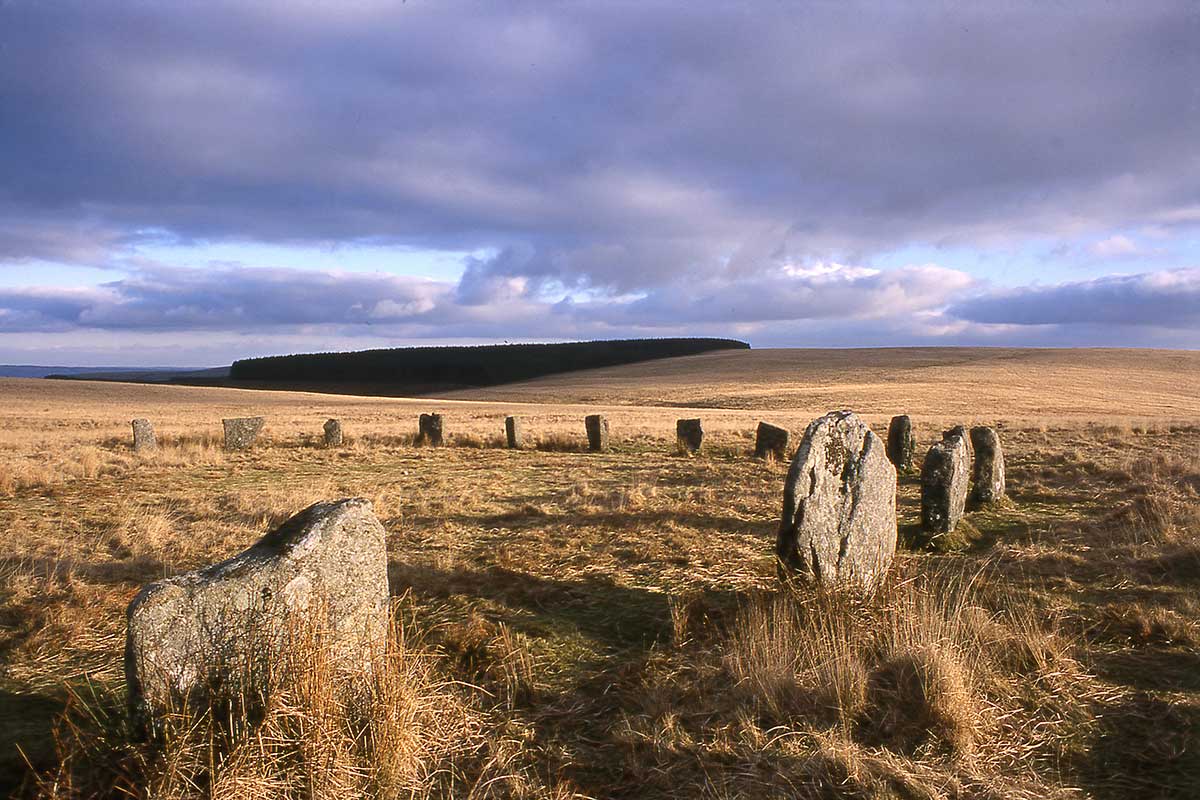
Grey Wethers Stone Circles
Grid Ref: SX 63870 83138
On the south eastern slopes of Sittaford Tor, are two broken stone circles formed of thirty rough blocks of granite, know The Grey Wethers. It is said that from a distance the stones look like a flock of sheep grazing, and another name for sheep is ‘Wether’.
There’s a legend that a farmer who had recently moved to Dartmoor and rather foolishly made some critical comments about the sheep on sale at Tavistock market.
Many pints of ale later, he was convinced by the locals that an excellent flock of sheep grazing nearby were for sale and he should buy them.
They took the farmer off in search of them, and through the Dartmoor mist and an ale haze, the farmer saw what he took to be a fine flock. He agreed to buy them, and returned to the site the following morning to discover that what he had believed to be a flock of sheep were actually the stones of Grey Wethers.
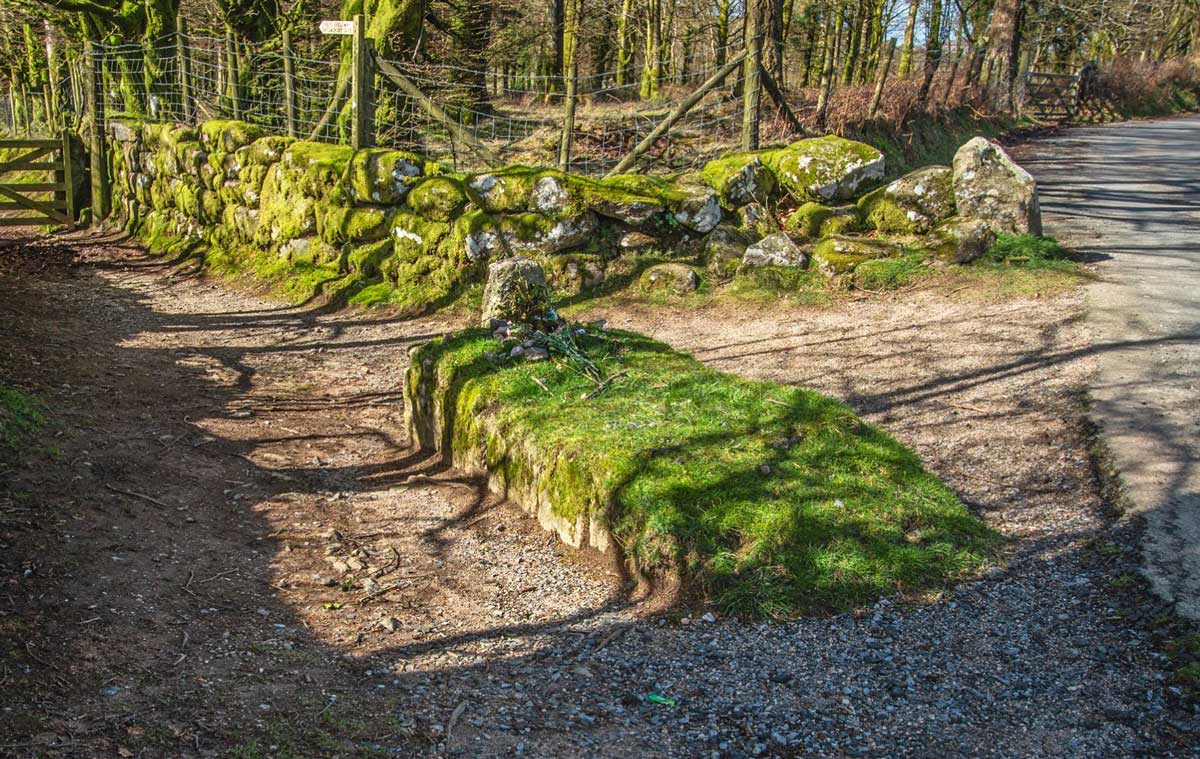
Kitty Jay's Grave
Grid Ref: SX 732798
There are many variations on the tale of Jay’s Grave, but the story at the heart of it remains the same. Kitty Jay was a 19th century farm worker who became pregnant and hung herself when her lover disowned her. In those days’ suicides were buried at crossroads in order to confuse their spirits, so that they couldn’t find their way back to haunt the living.
The twist to this legend is that even now, fresh flowers appear on Jays’ Grave every morning, but no one knows who leaves them, even though rumours say they’re left by pixies. Novelist John Galsworthy, who once lived in nearby Wingstone Farm, wrote his novel ‘The Apple Tree’ which is based on Kitty Jay’s tale.
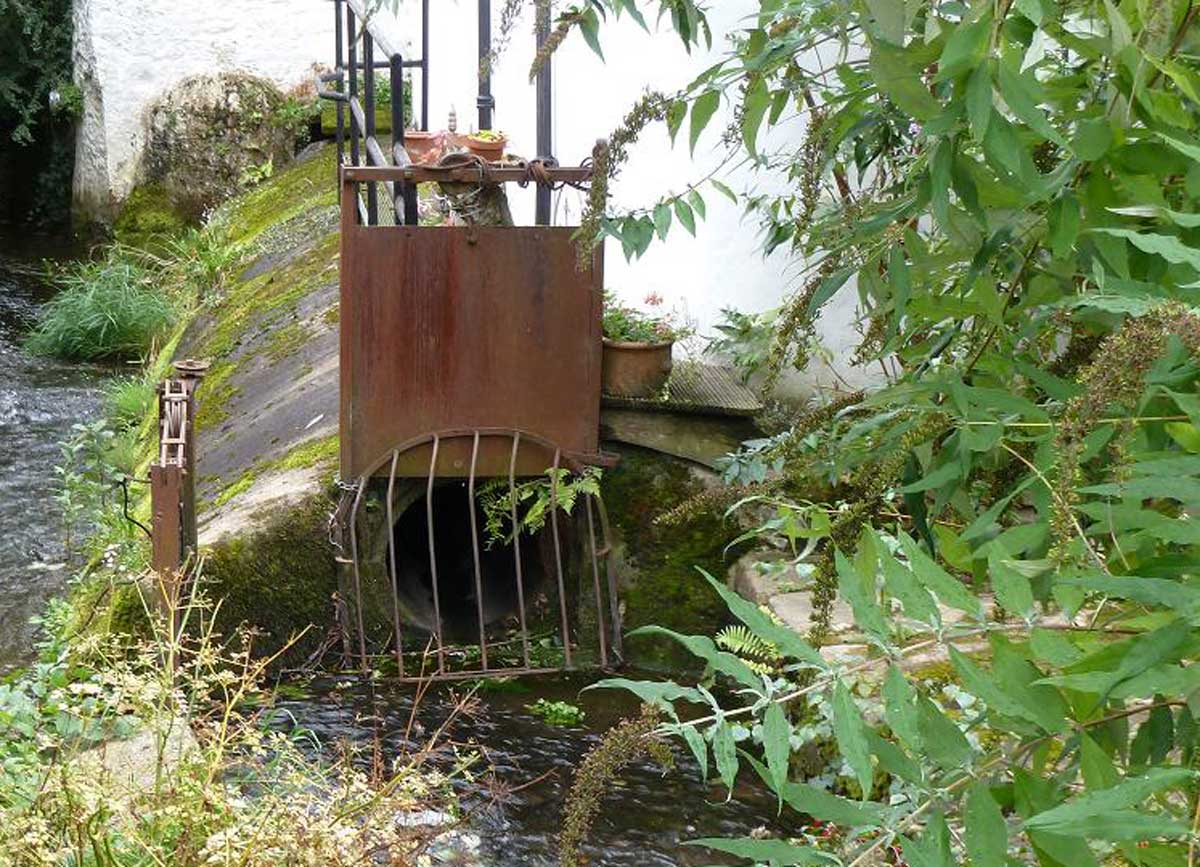
Cutty Dyer
Grid Ref: SX 75537 69908
Cutty Dyer is an evil sprite who lives at King’s Bridge in Ashburton. He was rumoured to accost drunks and throw them into the river, or at worst slit their throats, drink their blood and then throw them into the river. This tale was also told to children as a warning not to stay out after dark.

Fitz's Well
Grid Ref: SX 59193 93786
Dartmoor has a couple of holy wells and Fitz’s Well can be found near both Okehampton and Princetown and a similar tale is told about both.
John Fitzford and his lady were lost on Dartmoor when the mist came down. The tale tells that they were ‘pixie-led’ and turning their coats inside out broke this mischievous spell. When the fog cleared they found themselves at a spring, which they gratefully drank from. In gratitude they built a simple well house around it which is engraved ‘I.F. 1568’ and can be found near Princetown.
The Okehampton well is known for its eye cures and was visited on Easter morning by youths and maidens.
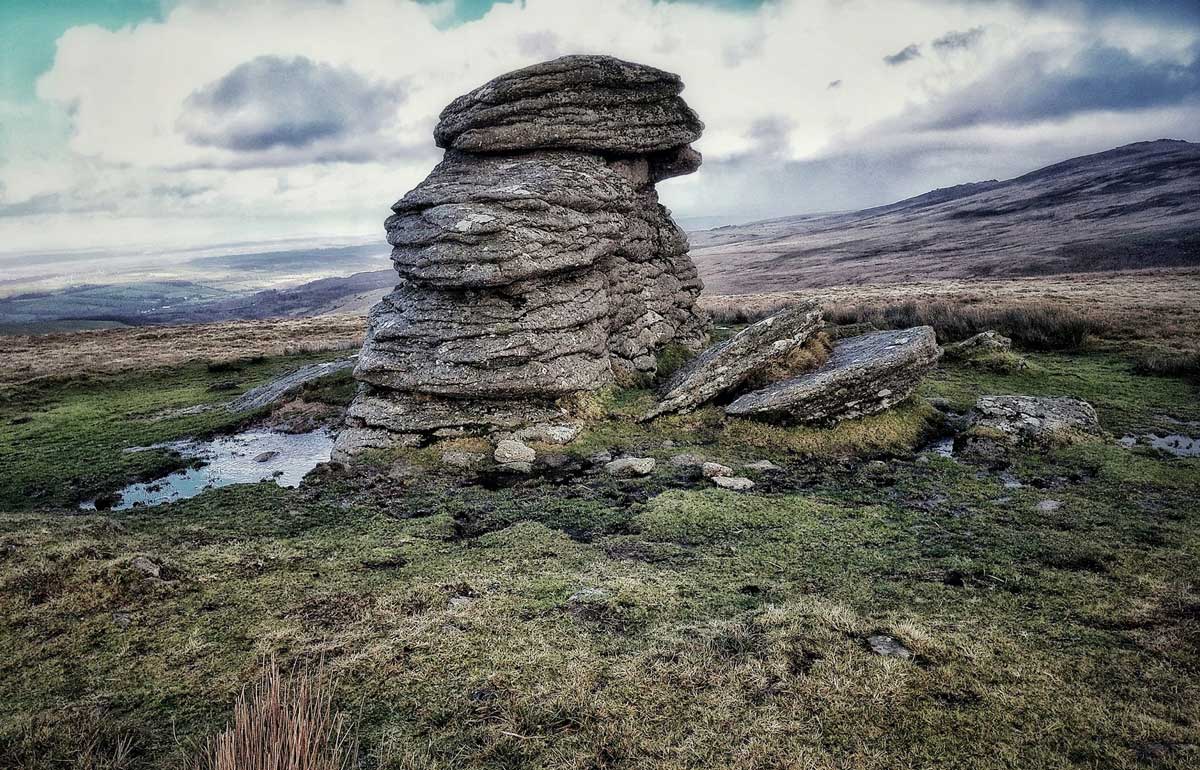
Branscombe's Loaf and Cheese
Grid Ref: SX 5521 8908
Branscombe’s Loaf is a lonely tor on Corn Ridge, which has its origins in a devilish tale.
In the thirteenth century the Bishop of Exeter, a Walter Branscombe, had been visiting some outlying parishes and was returning to Exeter along the north eastern edge of Dartmoor.
It had been a long day and the Bishop and his servant were feeling very hungry, when out of the blue a man appeared and offered him some bread and cheese.
The bishop was about to eat these, when his servant, spotting a cloven hoof beneath the strangers’ coat, knocked them out of his hands. The bread and cheese became the outcrops of rocks that can be seen today and the bishop and his servant went on their way, none the worse for their ordeal, although still hungry.
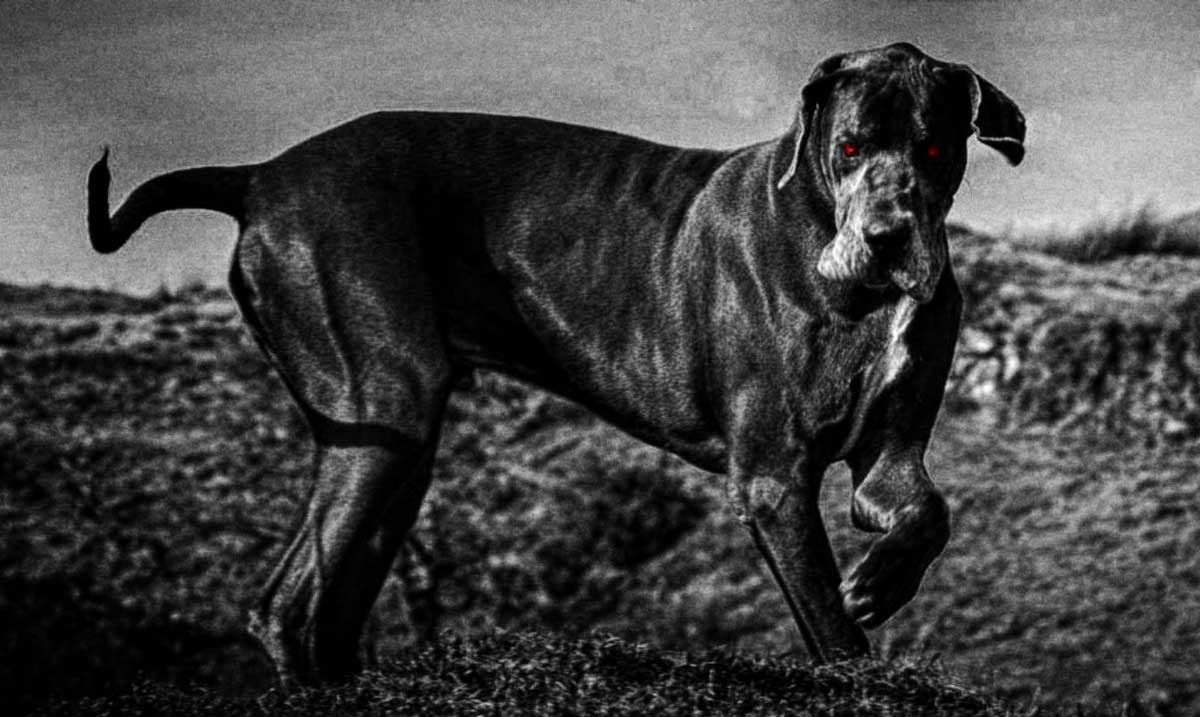
The Hound Of The Baskervilles
Sir Arthur Conan Doyle was said to have been inspired to write the Sherlock Holmes novel Hound of the Baskervilles from tales he heard about Dartmoor while staying at the Duchy Hotel in Princetown, which is now the High Moorland Visitor Centre.
Squire Cabell had an evil reputation and legend says that when he died in the late seventeenth century, a pack of black hounds ran howling across Dartmoor.
Cabell is buried in Buckfastleigh and his coffin was entombed in a small building to stop him from riding out with his hounds.

Childe's Tomb
Grid Ref: SX 6257 7030
The site of Childe’s Tomb is a stone cross on the moor, which marks the site of this tragedy.
Childe was the Lord of the Manor of Plymstock and got caught in a blizzard on Dartmoor. Lost and exhausted he killed his horse and climbed inside it to keep warm.
Unfortunately, this didn’t work and Childe froze to death, but managed to write his will on a nearby granite stone in blood before he died. It said that whoever found his body and buried him would inherit his estate. The monks of Tavistock Abbey recovered his body and claimed the land.
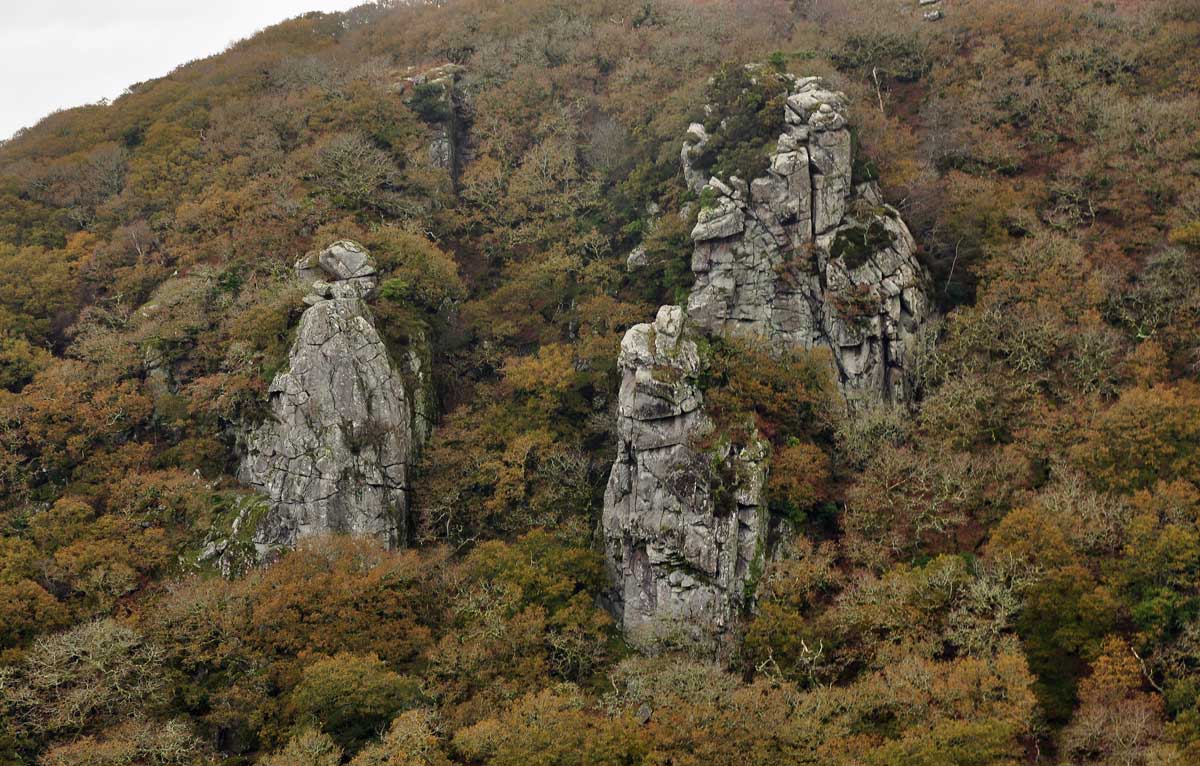
The Dewerstone
Grid Ref: SX 533637
Start from Shaugh Prior National Trust car park.
The Dewerstone is a large granite outcrop over 100 metres high and its name derives from ‘Old Dewer’, the local term for the Devil. The legends say that he used to terrorize the moor at night with his pack of Wisht Hounds (from Wistmans Wood) and drive poor travelers to their deaths off the top of the Dewerstone.

Ghostly Legions Hunters Tor
Grid Ref: SX 7621 8234
During a full moon Roman legionnaires have been spotted at the old Roman hill fort on Hunters Tor above Lustleigh Cleave. There have also been tales of a Tudor hunting party being seen in this area too.
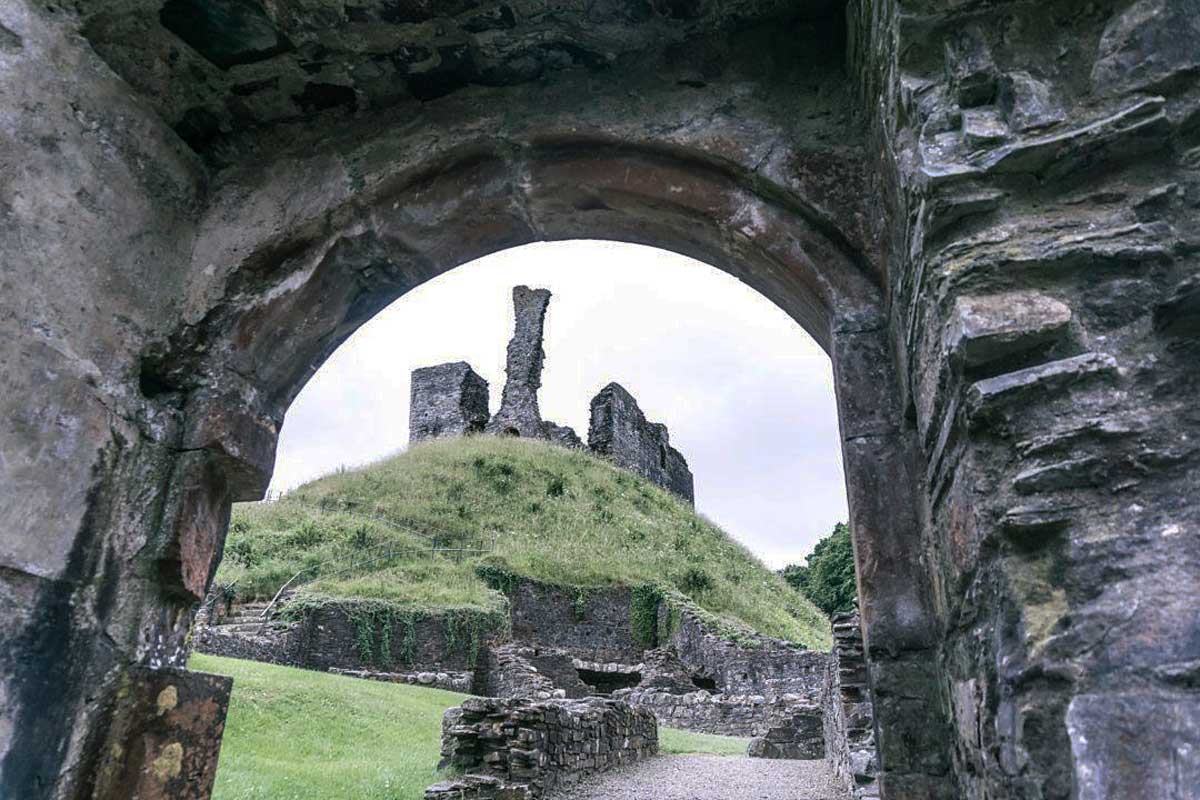
Okehampton Castle
Grid Ref: SX 58317 94253
The ghost of Lady Howard haunts this castle and the legend goes that at midnight every night she travels from Okehampton to Tavistock in the form of a black dog, having taken a blade of grass from the castle grounds.
The dog runs alongside a coach made from the bones of her dead husbands and only when Lady Howard has removed every single blade of grass from the castle, will her spirit find peace.

Spinster's Rock
Grid Ref: SX 70091 90778
This is the only recognisable Neolithic Dolmen left in Devon and consists of three upright stones, with one large capstone.
It was supposed to have been erected by three maidens one morning before breakfast. There are many tales about the stone circles and structures on Dartmoor, with the most common telling of maidens being turned into stone for dancing on the Sabbath.

Buckland Abbey
Grid Ref: SX 48725 66783
There are stories of ghosts being sighted in and around the Abbey and also rumours of undiscovered tunnels connecting the Abbey to the local village.
Legends abound about Sir Francis Drake being in league with the Devil to ensure the defeat of the Armada and his ghost now drives across Dartmoor on the Tavistock to Plymouth route in a black coach drawn by headless horses and pursued by a pack of yelping hounds.
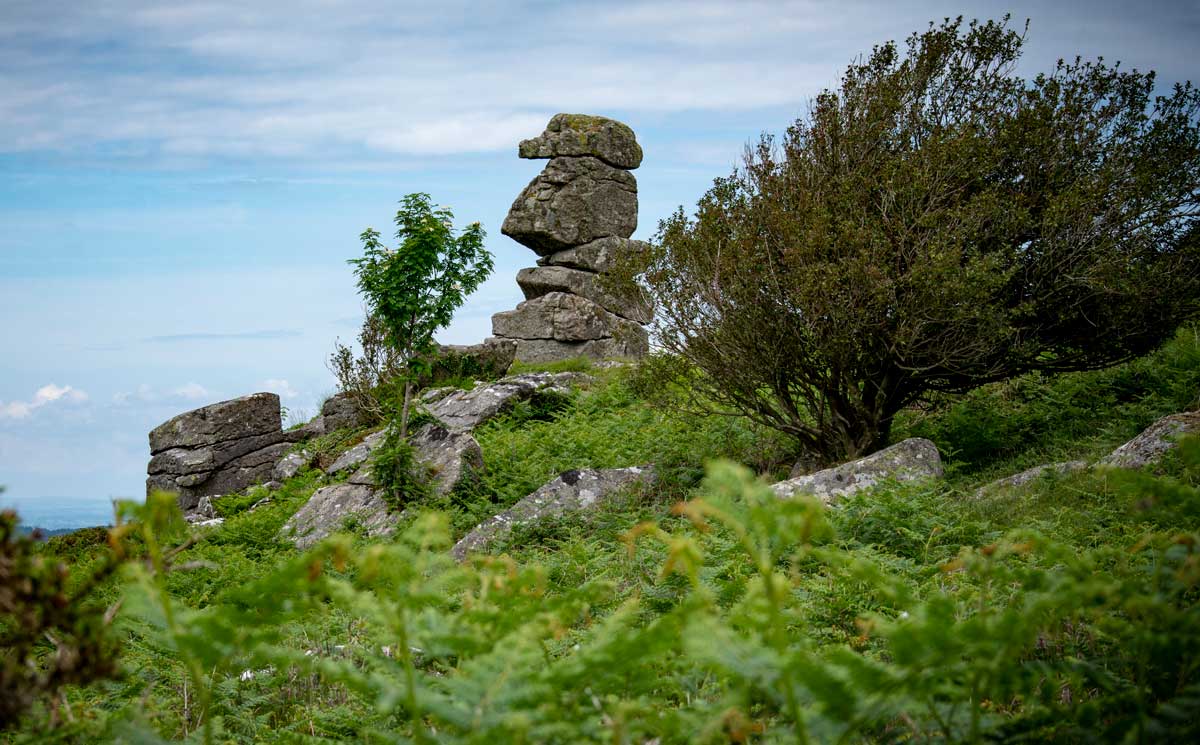
Bowerman's Nose
Grid Ref: SX 742805
This granite stack near Manaton, has a few tales surrounding it. The most popular is that Bowerman was a hunter and one day, in pursuit of a hare, he ran through a coven of witches who were very angry that he’d upset their ritual.
The next time Bowerman went hunting, one of the witches turned herself into a hare and led the hunter on a chase all over Dartmoor, until he was exhausted. Then all of the witches turned Bowerman to stone and his hounds became the rocks at Hound Tor.
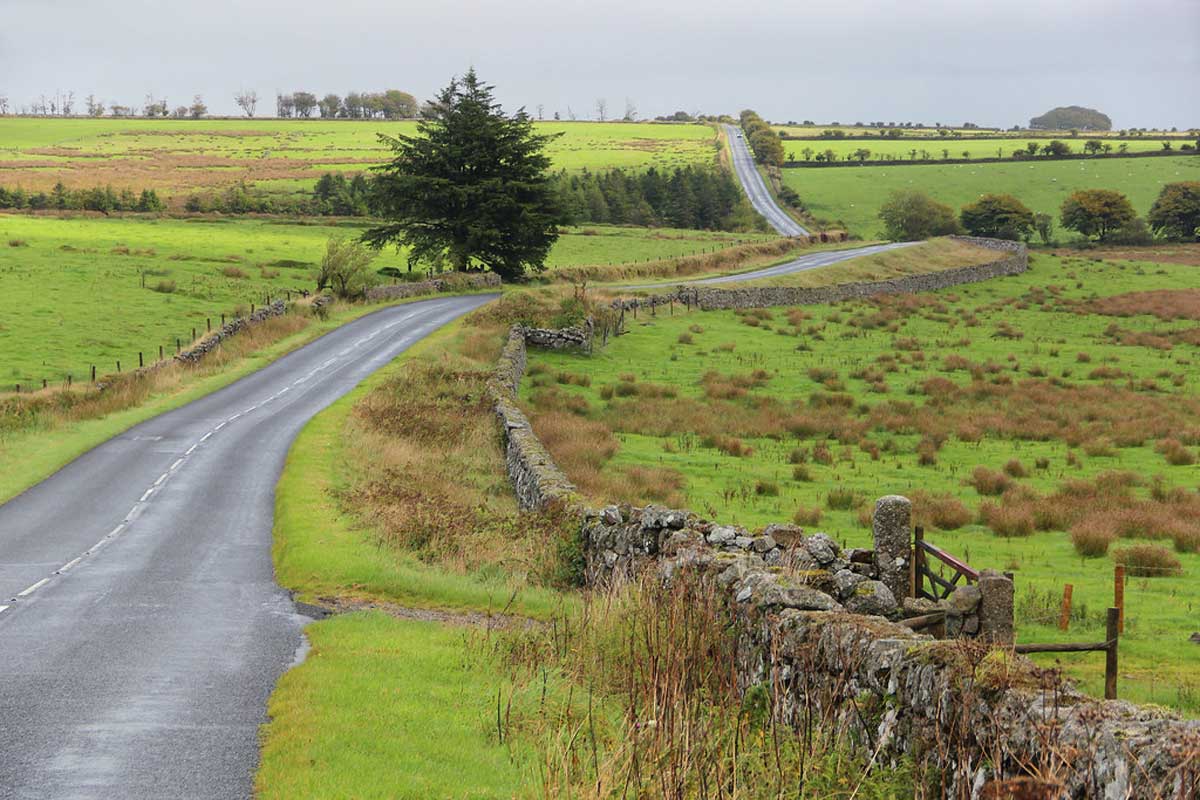
Hairy Hands Bridge
Grid Ref: SX 6348 7706
The bridge on the B3212 between Postbridge and Two Bridges is the location for some malevolent hauntings.
The legend is that a pair of hairy hands appear on your steering wheel/handlebars and try to force you off the road.
There have been many incidents on this stretch of road which is notorious for fatal accidents, including in 1921 when a medical officer from Dartmoor Prison died after his motorbike went out of control. This area was avoided long before motor vehicles were common on the road.


